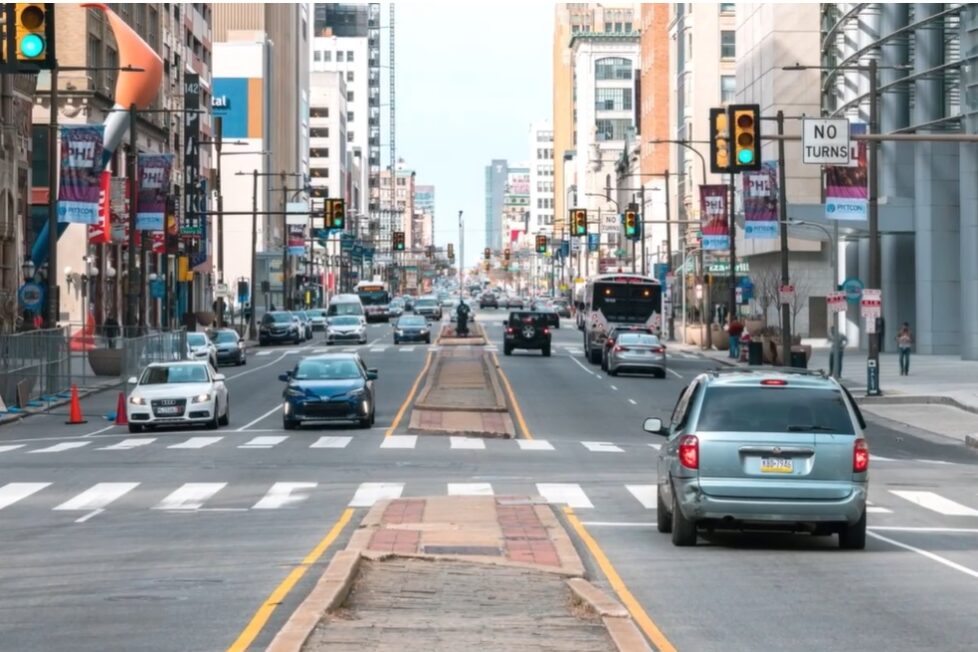Google Rolls Out AI-Based Solution to Tackle Road Traffic Emissions

Google announced the introduction of a series of product features and expansions aimed at helping address transportation and energy emissions, including the introduction of its Project Green Light, which uses AI to help cities reduce traffic emissions in 12 cities globally.
Green Light is a solution designed to reduce emissions that occur at traffic lights, which can be 29 times higher than on open roads. The solution uses AI and Google Maps-based driving trends to make recommendations for optimizing traffic light plans that city engineers can implement in as little as five minutes, using existing infrastructure. By optimizing several adjacent intersections to create waves of green lights, cities can improve traffic flow and reduce stop-and-go emissions.
The solution is now being used in 70 intersections in 12 cities, including Abu Dhabi, Bali, Bangalore, Budapest, Haifa, Hamburg, Hyderabad, Jakarta, Kolkata, Manchester, Rio de Janeiro and Seattle. Early numbers indicate a potential for up to 30% reduction in stops and up to 10% reduction in emissions at intersections.
According to Google, it is difficult and costly to acquire reliable data for traffic light optimization, so many city traffic engineers rely on outdated configurations. Without Green Light, much data came from expensive sensors or manual vehicle counts, which do not give engineers the needed information for key parameters.
Green Light is based on an AI model of each intersection including its structure, traffic patterns, light scheduling, and how traffic and light schedules interact and the interaction between traffic lights. It is capable of analyzing thousands of intersections simultaneously, improving the flow through multiple intersections in the city.
David Atkin, Transport for Greater Manchester said:
“Green Light identified opportunities where we previously had no visibility and directed engineers to where there were potential benefits in changing signal timings. This provided valuable insights for our city with 2,400 traffic signals. Both the Green Light and Transport for Greater Manchester teams brought expertise and ideas to the table to improve journeys and reduce emissions.”
Google also said that it is planning to roll out fuel-efficient routing in Google Maps for India and Indonesia this year — adding to existing availability in the U.S., Canada, Europe and Egypt. Additionally, in these two new countries, the company is including fuel-efficient routes for two-wheelers to help even more people travel more sustainably.
Fuel-efficient routing uses AI to suggest routes that have fewer hills, less traffic, and constant speeds with the same or similar ETA. Since launching in October 2021, it’s estimated to have helped prevent more than 2.4 million metric tons of CO2e emissions — the equivalent of taking approximately 500,000 fuel-based cars off the road for a year.
Additional features announced by the company include helpin people find alternative sustainable modes of transportation, like rail, with new train route suggestions soon appearing on Search when looking for flights, or displaying public transit or walking suggestions when searching driving directions in Maps next to driving routes, if travel times are comparable and practical.
In a blog post announcing the sustainability-focused features, Google’s Chief Sustainability Officer Kate Brandt said:
“Responding to climate change calls for systemic, global action to transition to a sustainable future for everyone. But tackling a problem at the scale of climate change can seem intimidating.
“To help, we’re continuing to develop technology that can surface helpful information so people, cities and organizations can make more sustainable choices.”